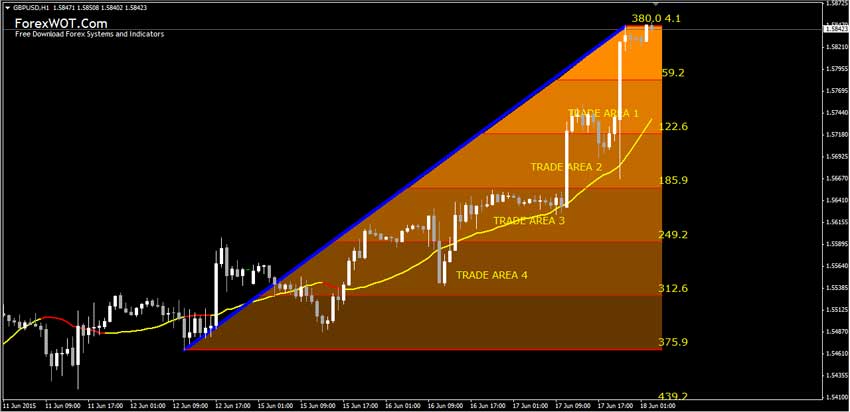


That works much better in practice than hard butt edits or even zero-crossing edits.Ī 60 degree razor cut on a 15ips tape transitions from outgoing to incoming sounds in around 20ms, but the diagonal cut across a twin-track tape means that one channel transitions 20ms before the other, of course. MOF wrote: ↑ Fri 4:27 pm.did it really happen or was this just a theoretical proposition? but with the advantage that both channels of a stereo pair crossfade together, so no risk of flash-edits! All of the DAWs I use regularly use the same 20ms crossfade at edit points as a standard default. It was pretty much standard practice for the editors and studio working in the BBC Transcription unit who rarely used standard edit blocks. They all used brass scissors and made fish tail cuts routinely on stereo recordings (rather than simple oblique cuts) specifically to ensure both channels transitioned simultaneously. We take that for granted today, but it was tricky in the days of razor blades and sticky tape. We’ve got a quick start guide for you.The 89 degree slot on the EMI edit block gave near simultaneous edits in each channel, but risked thumps from magnetised blades or if the incoming material came from a different machine. And for many that starts with the live stream recording. Have you used Levelator before? If not, what are you looking forward to using it with?Ĭapturing great audio is key for any editing you do.
#Using levelator 2 mac os#
The only updates that they have and I’m guessing will ever do, is update if an operating system update on Mac OS or Windows breaks the way Levelator works. The creators have not made any plans to add features or anything. NOTE: Levelator is NOT being developed any further. It combines multiple audio processing tools in one, and it doesn’t take up any counter space either! Levelator is another tool that I always keep handy for my audio editing and processing. If you’re audio has other problems, you really need to open it up in a proper editing app like Adobe Audition or Audacity and use the tools or special plugins to properly fix those issues, once fixed though, you can use levelator to do what it does best, or use the editor’s tools to normalize, maximize etc. It’s designed to even out the volume and dynamic levels – not fix glitches. If you audio has buzz or hum, or popping or crackling, Levelator will simply not remove that. The old adage holds true: Garbage in –> Garbage out.

So be sure to mute everything BUT the vocal audio you want to clean up. Usually, the levels for those tracks are set lower as a part of the edit and when ‘mushed together’ with the vocal audio in levelator, it can sound weird. The only time I’ve ever encountered odd results is when audio or sound effect tracks are rendered with the vocal audio. Generally, Levelator will do a GREAT job. Once it’s in there, I mute the Pastor’s original vocal audio and the new one is used. NOTE: make sure to line up the audio track with the existing vocal track. I then take the resulting audio file and insert it in to fresh audio track in my edit. I drop that wav audio file on the Levelator app so it can work it’s magic. I make sure to mute any additional audio tracks in my edit that contain music so it won’t confuse the app.

When I’m editing a service, I render out the Pastor’s sermon audio – his speech – as a single audio track. Levelator is perfect for quick and easy processing of spoken word vocals. Compress, EQ, normalize, loudness maximizing…and when it’s done it’ll give you a processed and polished audio file you can drop back into your final video. So they took their most used audio processing needs and created a program to do the heavy lifting for them (and you).Īll you have to do is render your audio, drop it into Levelator, and it will do the work for you. Levelator was made by a couple of podcasters who were doing a whole bunch of shows and didn’t have time to do serious audio processing.


 0 kommentar(er)
0 kommentar(er)
